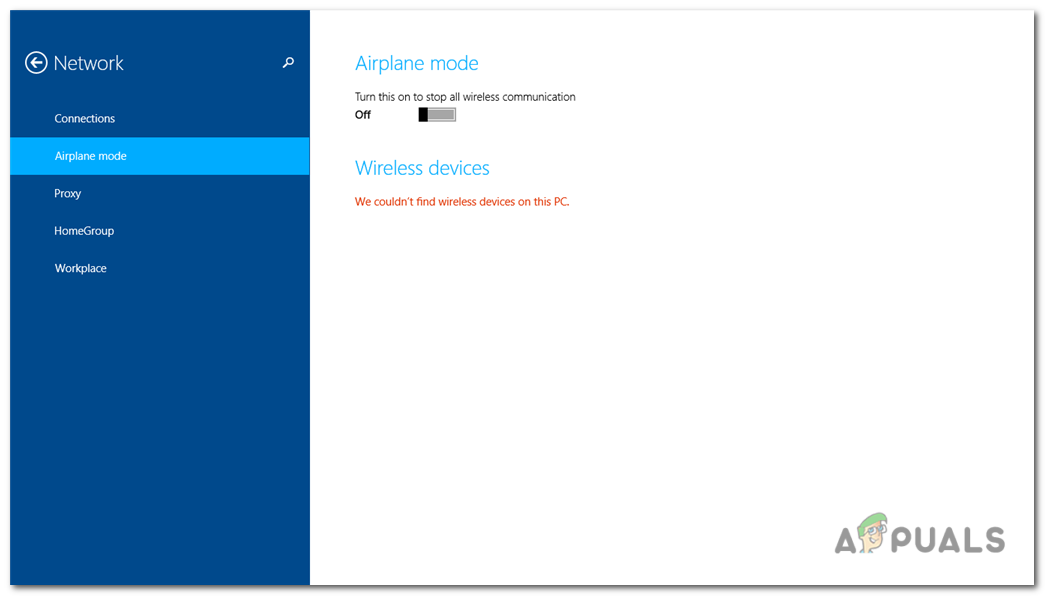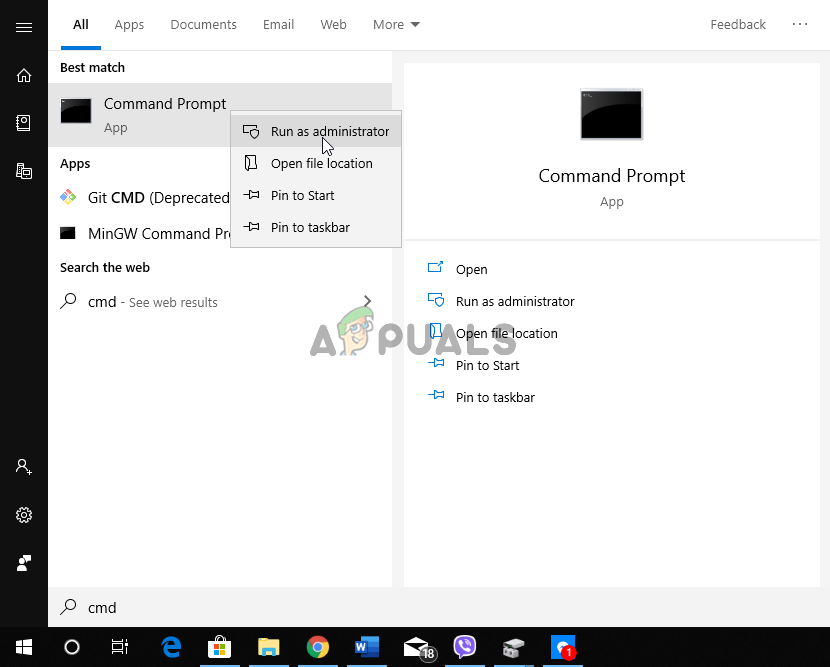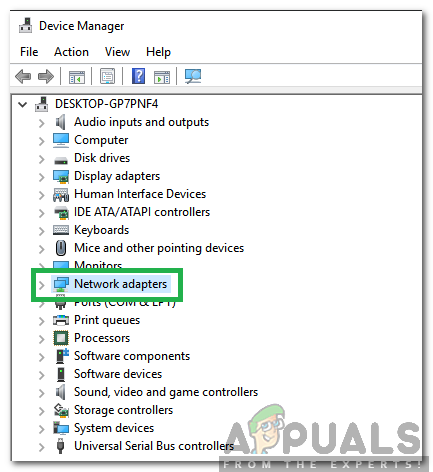Fix: Couldn’t find wireless devices on this PC error on Windows
The “Couldn’t find wireless devices on this PC” error means Windows can’t detect your wireless adapter, stopping Wi-Fi connections. This often happens because the device driver is missing, corrupted, or outdated. The main cause is usually a wrong or incompatible driver.

It can also be due to a disabled adapter in Device Manager, recent system changes, hardware issues, or wrong power settings.
In this article, we will discuss different ways to solve this error.
1. Update Your Network Drivers
Outdated or corrupt network drivers can prevent Windows from communicating with your wireless adapter. Updating these drivers can fix the error and restore Wi-Fi connectivity.
- Open Device Manager via the search icon.

Open Device Manager - Choose Network adapters.
- Right-click the Ethernet/Wireless Adapter and select Update Drivers.

- Select Search automatically for updated driver software.

- Wait for installation to finish.
- Check your wireless connection.
2. Reset TCP/IP Settings
Resetting TCP/IP settings fixes network problems by clearing wrong configurations. It restores network components to default, helping the wireless adapter work properly.
- Search for Command Prompt using the search icon.

Running Command Prompt as an administrator - Right-click and select Run as administrator.
- Type netsh int ip reset resetlog.txt in the window and press Enter.
- Restart your PC and check your wireless connection.
3. Reset Winsock Catalog
Resetting Winsock fixes network issues by restoring default settings and letting the system recognize wireless devices.
- Search for Command Prompt from the search icon.
- Right-click and choose Run as administrator.
- Type netsh winsock reset in the window and press Enter.

Resetting Winsock - Restart your PC and check your wireless connection.
4. Change Power Management Option for Your Wireless Adapter
By adjusting the power management settings for your wireless adapter, you prevent the system from turning it off to save power. This stops connection drops and ensures the adapter stays active, improving connection stability.
- Open Device Manager via the search icon.

Device Manager in Windows Search Box - Select Network adapters.

Double-clicking on the Network Adapters option - Right-click the Ethernet/Wireless Adapter and choose Properties.
- Go to the Power Management tab.

Disabling Power Management - Uncheck Allow the computer to turn off this device to save power and click OK.
- Verify your wireless connection.





